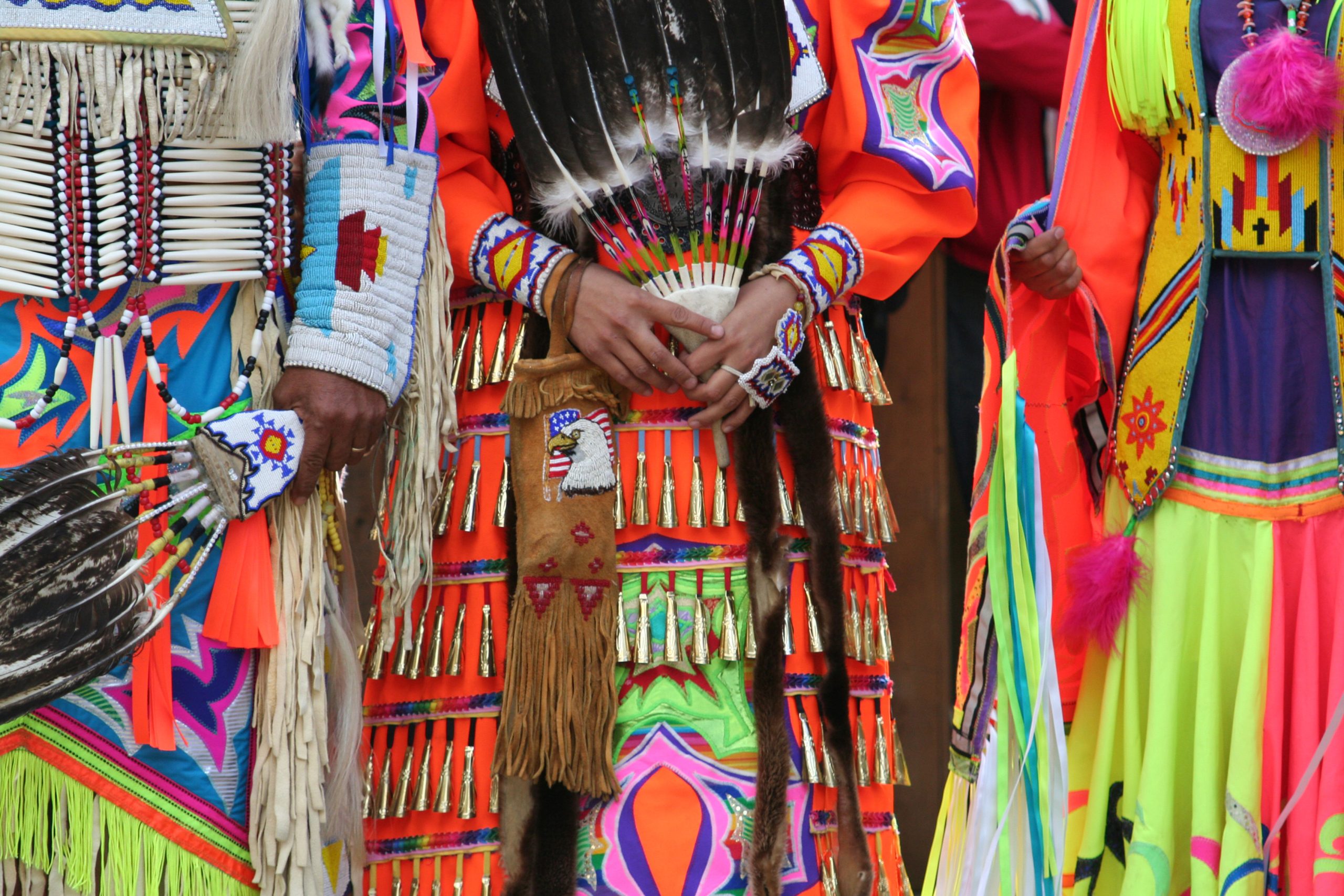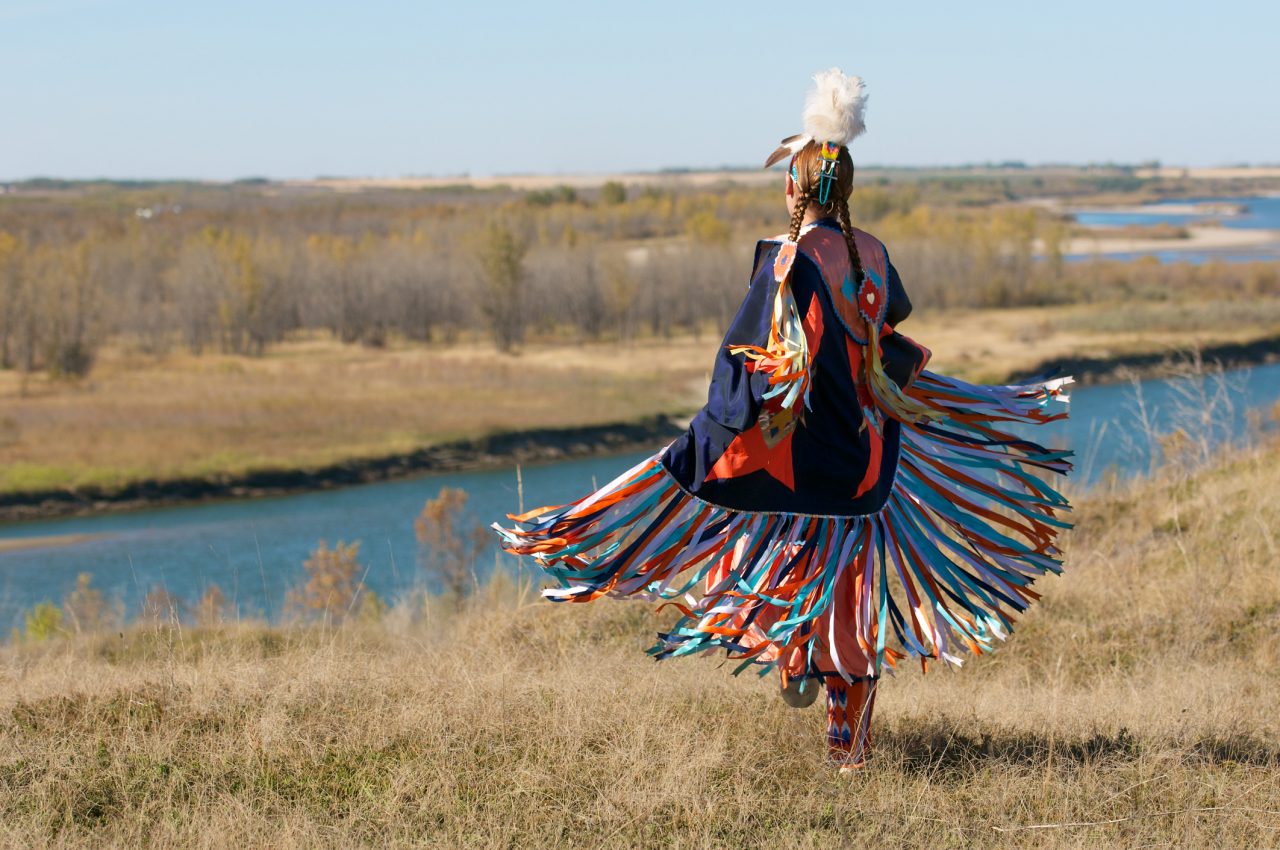
First Nations Women performing a Fancy Shawl Dance in a grass field with a river background
The Native Americans
Long before the Europeans set foot on American soil in the late 15th century, the American continent was inhabited by Indigenous peoples, commonly known as Native Americans. Comprising over 500 distinct tribes, each had its own languages, traditions, and lifestyles.
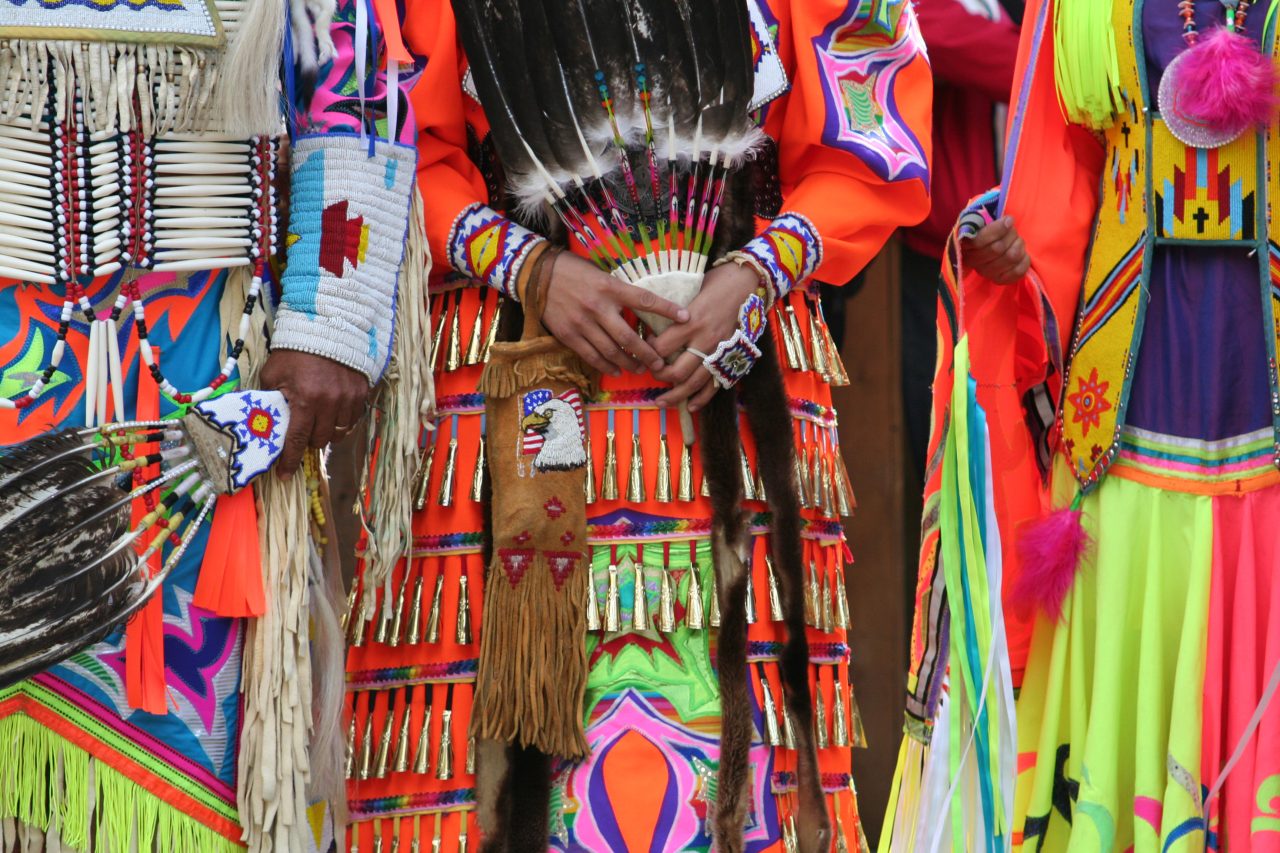
Three dancers dressed in vibrant traditional costume of a North American aboriginal from British Columbia, Canada. Includes feathers, bones, beadwork and bells.
Respect for nature
The Indigenous tribes revered nature, taking only what was necessary for survival. They viewed themselves as guardians of the earth and believed in living harmoniously with nature.
Significant aspects of their culture include ceremonies like the Sun Dance and structures like totem poles, adorned with carvings of animals and spirits.
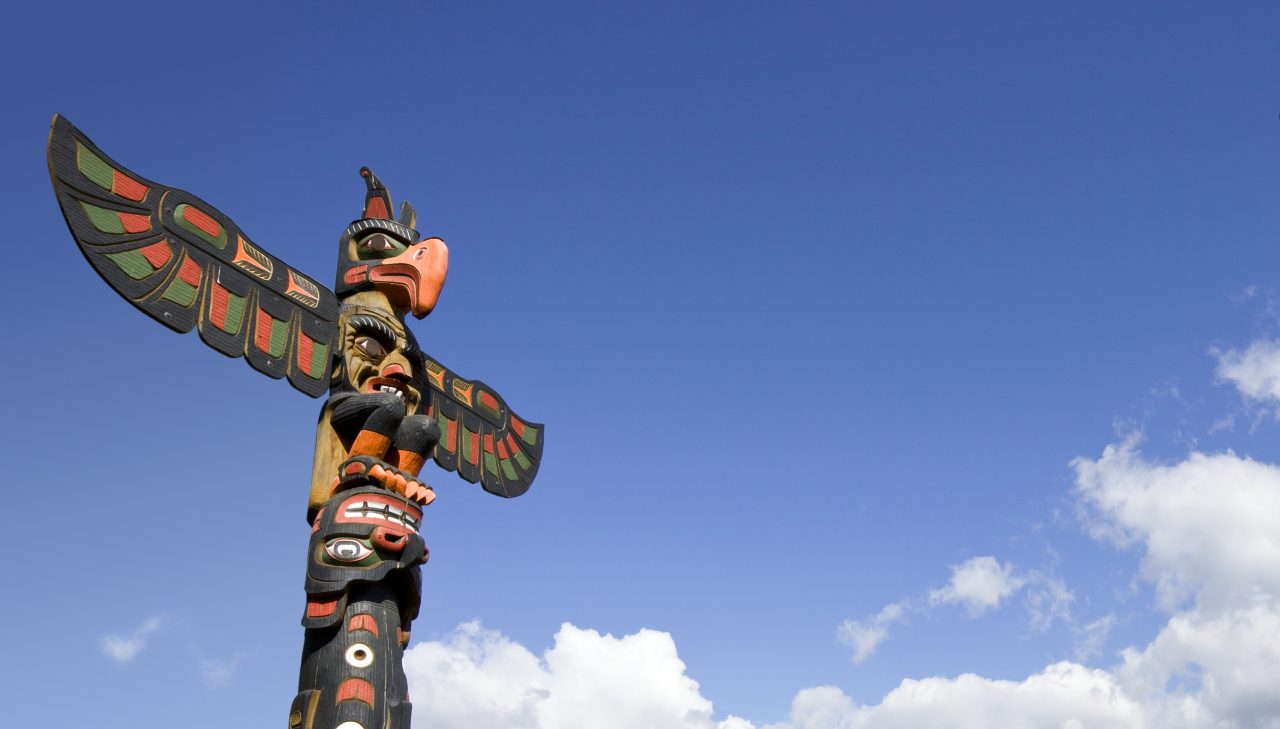
A totem pole against a blue sky
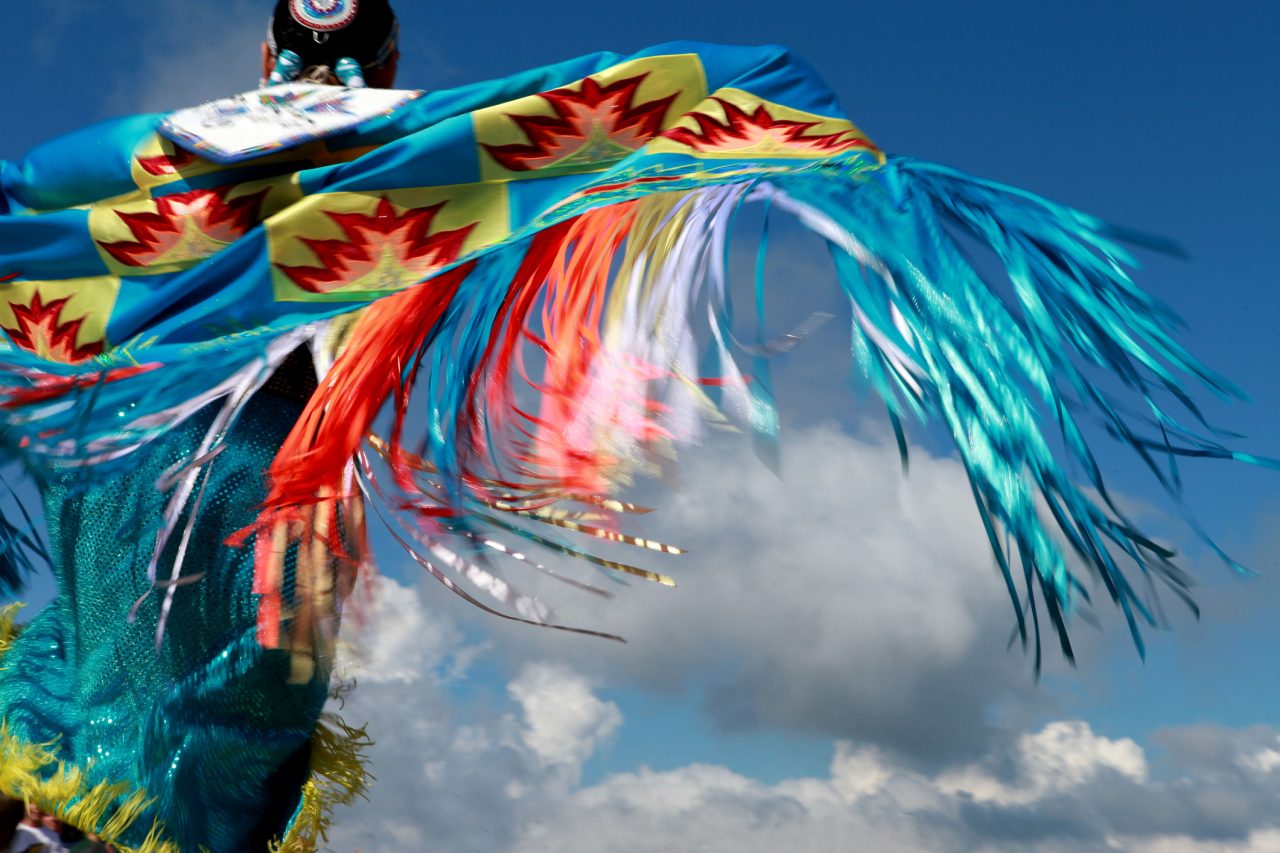
Native american dancing in traditional clothes
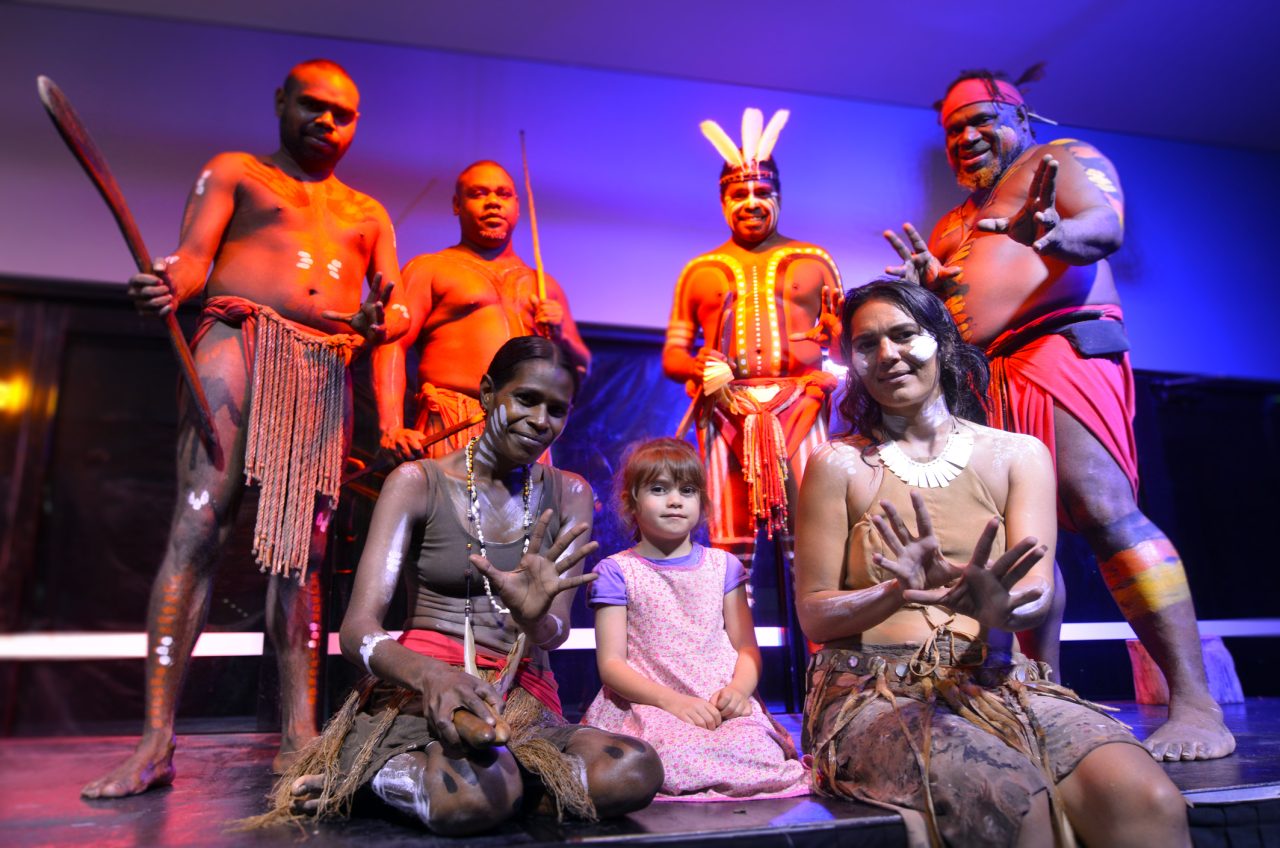
Aboriginal Australian people of the Yirrganydji people at a cultural show in Queensland, Australia. Dressed in traditional costumes
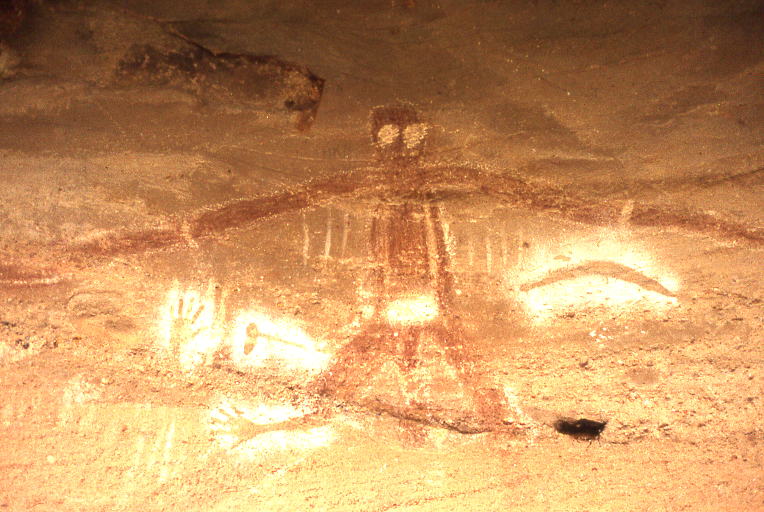
Aboriginal painting, Baiame Cave
Aboriginal art
Aboriginal art, with its iconic dot paintings, tells stories and conveys information about the land, animals, and Dreamtime stories. The didgeridoo, a wind instrument, has its origins with Indigenous Australians and is played during ceremonial events.
📷 Austrailan Digeridoos in Cairns, Australia.
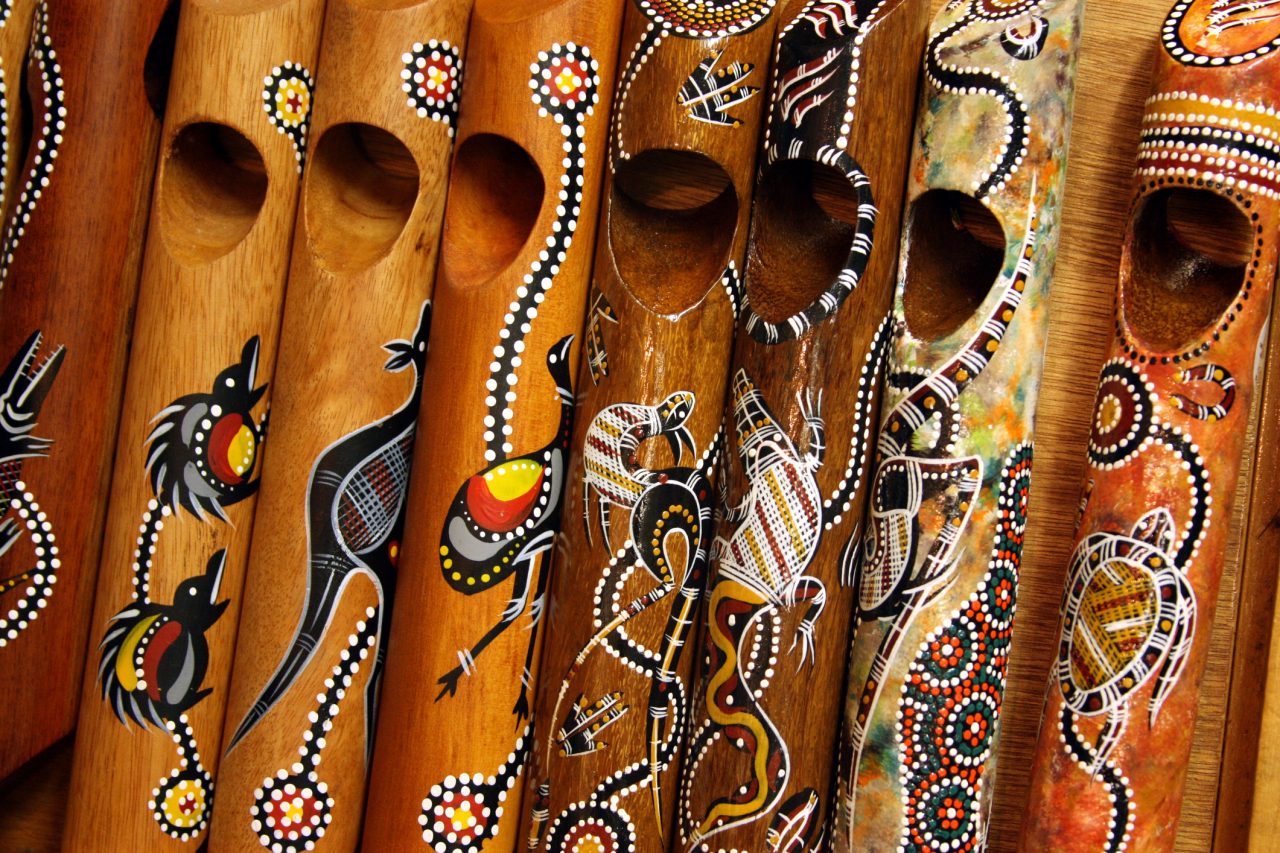
A few different digeridoos instruments
The Māori of New Zealand
Europeans reached the shores of New Zealand in the 17th century, but before that the islands had been home to a vibrant and unique culture for centuries. This is the world of the Māori, New Zealand’s Indigenous people.
📷 Maori warriors perform a Haka (dance of welcome).
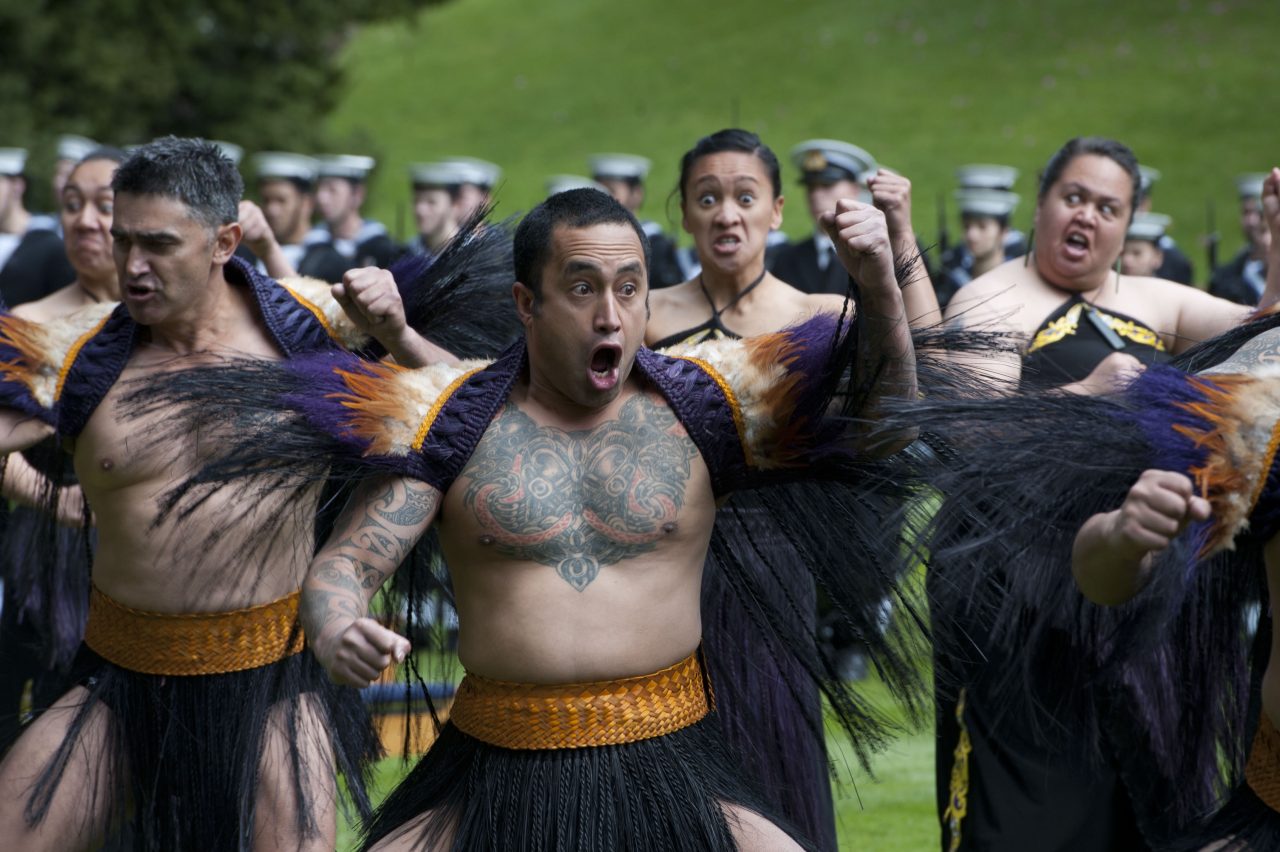
Maori warriors perform a Haka
Rich culture
The Māori arrived in New Zealand around the 13th century, navigating vast oceans using stars and ocean currents. They developed a rich culture, with intricate carvings, powerful war dances called ‘haka’, and tattoos known as ‘moko’, which tell personal stories and indicate a person’s status.
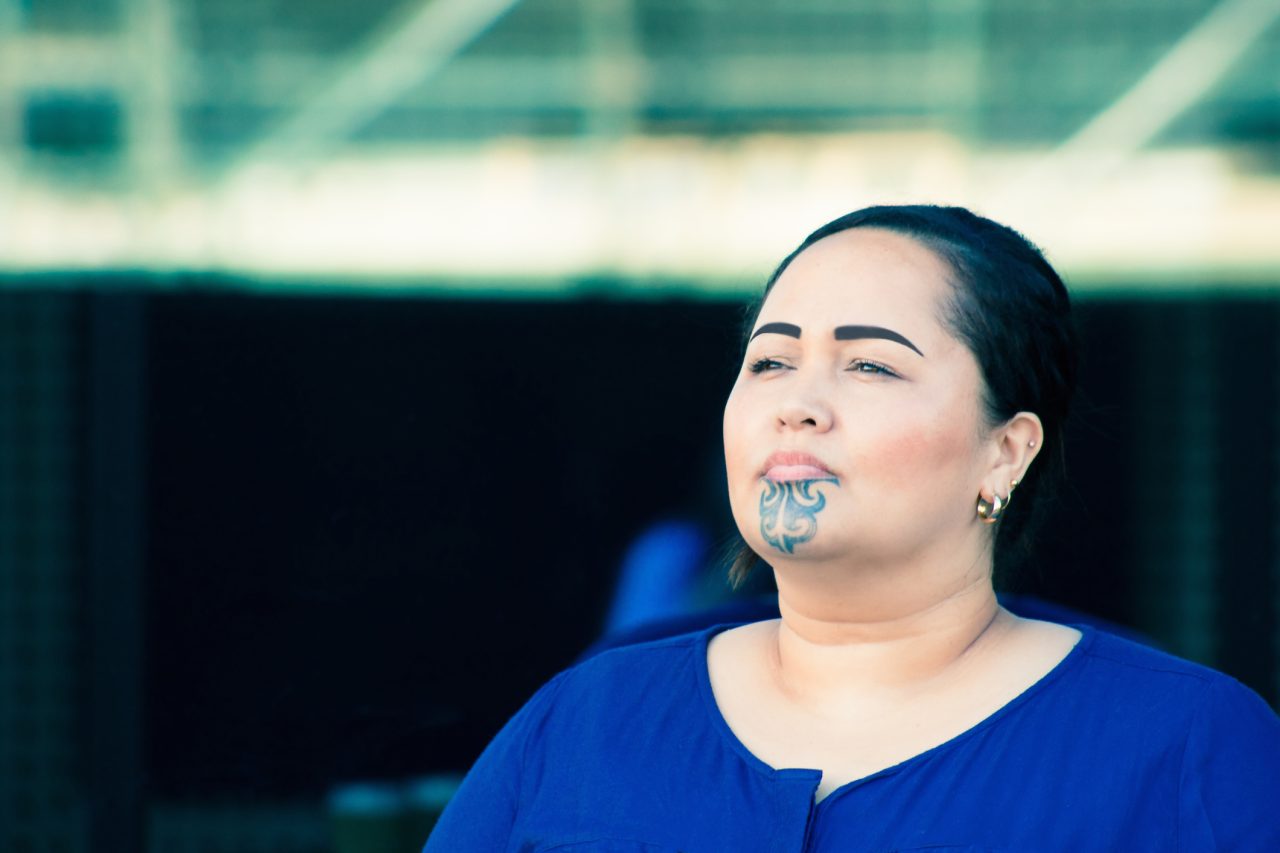
Close up portrait of a beautiful Maori businesswoman outdoors in the workplace with traditional tattoo on her chin
Family and kin are important
Communities, or ‘iwi’, played a central role in Māori life. Each iwi had its own history, lands, and chieftain, and relationships between iwi could be both cooperative and competitive.
📷 A Maori marae entrance, Tapawera, New Zealand.
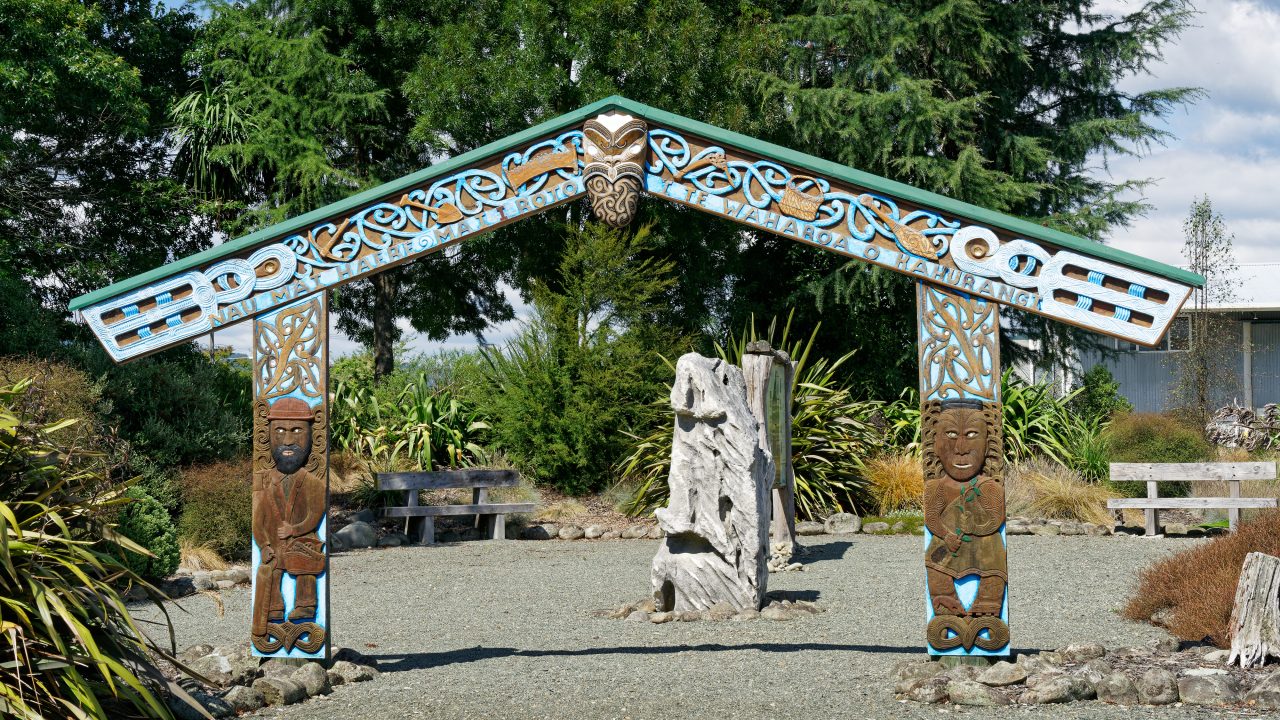
Maori marae entrance Tapawera, New Zealand
Core beliefs
At the heart of Māori culture are core beliefs that have shaped this people’s way of life for centuries. Central to this is the bond between humans, nature, and the spiritual world. The Māori believe in ‘whakapapa’, which is all about connections and ancestry. It is the genealogical descent from gods to humans, linking them to the natural world. A tree, river, or mountain isn’t just a physical entity; it’s an ancestor.
📷 Sunrise at Te Mata Peak, New Zealand
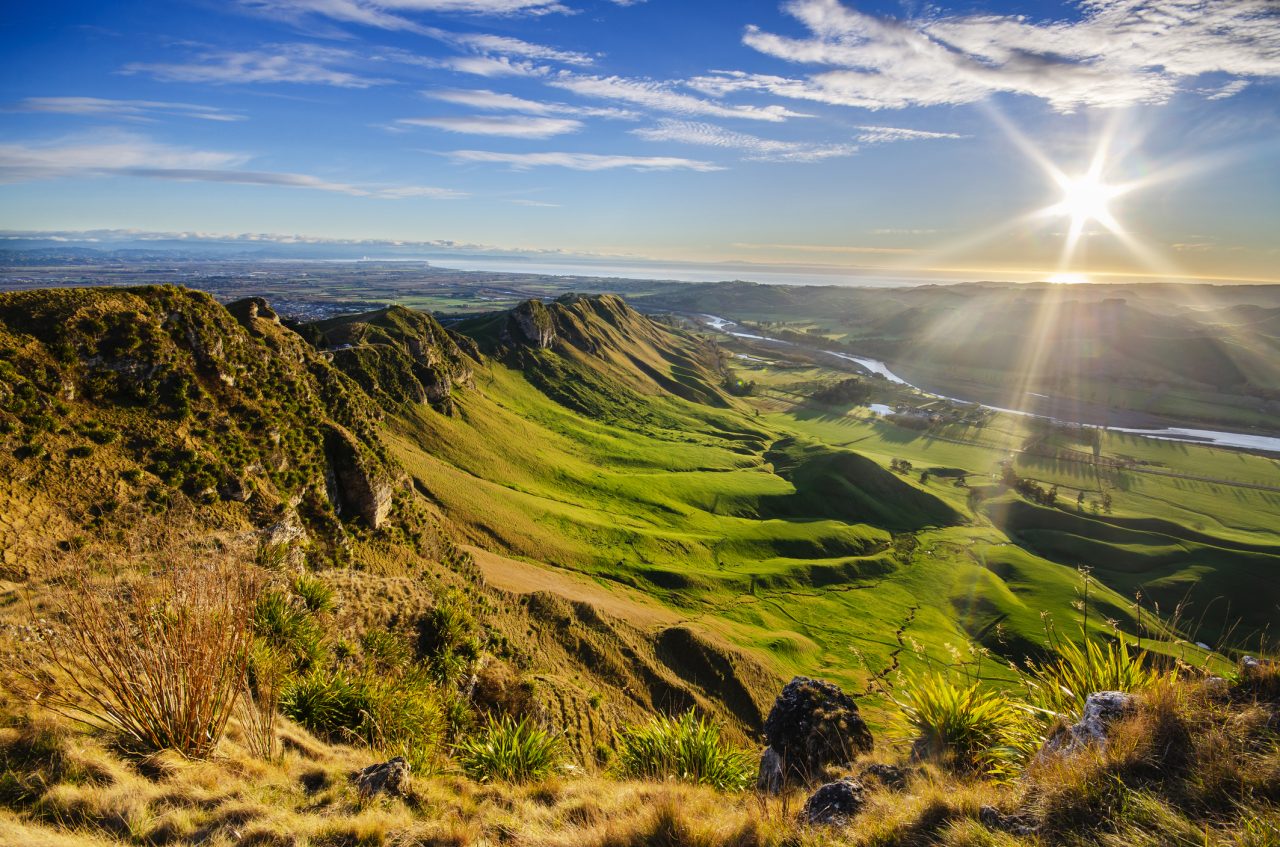
Sunrise at Te Mata Peak, New Zealand
Belief in spiritual power
Another core belief is ‘mana’. This refers to a spiritual power or authority that can be found in people, objects, or the environment. Mana is a mark of respect and honour.
Lastly, there’s ‘tapu’, often translated as ‘sacred’. Tapu is a restriction, setting apart certain things, people, or places because of their sacred nature. Together, these beliefs shape the Māori’s interactions with the world around them, fostering respect, understanding, and a sense of unity.
📷 Sacred mountain spring.
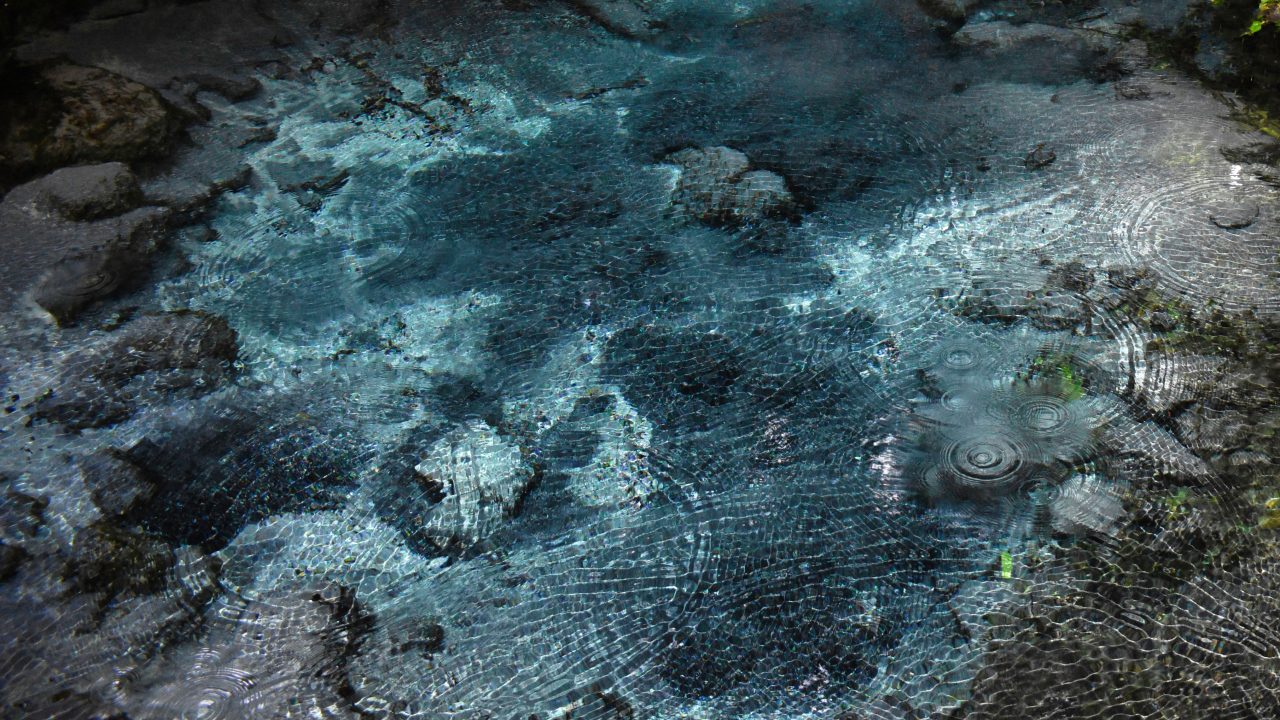
Raindrops create ripples across the crystal clear water of this sacred mountain spring.
Sources:
- The World Bank (30.8.2023): Indigenous Peoples Overview
Indigenous Peoples Overview (worldbank.org)
- United Nations (30.8.2023): Indigenous Peoples
Indigenous Peoples | United Nations
- Regjeringen.no (30.8.2023): What Defines an Indigenous People
What Defines an Indigenous People? – regjeringen.no
Media rights:
-
-
Getty Images
-
Getty Images
-
Getty Images
-
Getty Images
-
Getty Images
-
Photo by Sardaka (CC BY-SA 3.0)
-
Getty Images
-
Photo by Erin A. Kirk-Cuomo / Public domain
-
Getty Images
-
Getty Images
-
Getty Images
-
Getty Images
-


